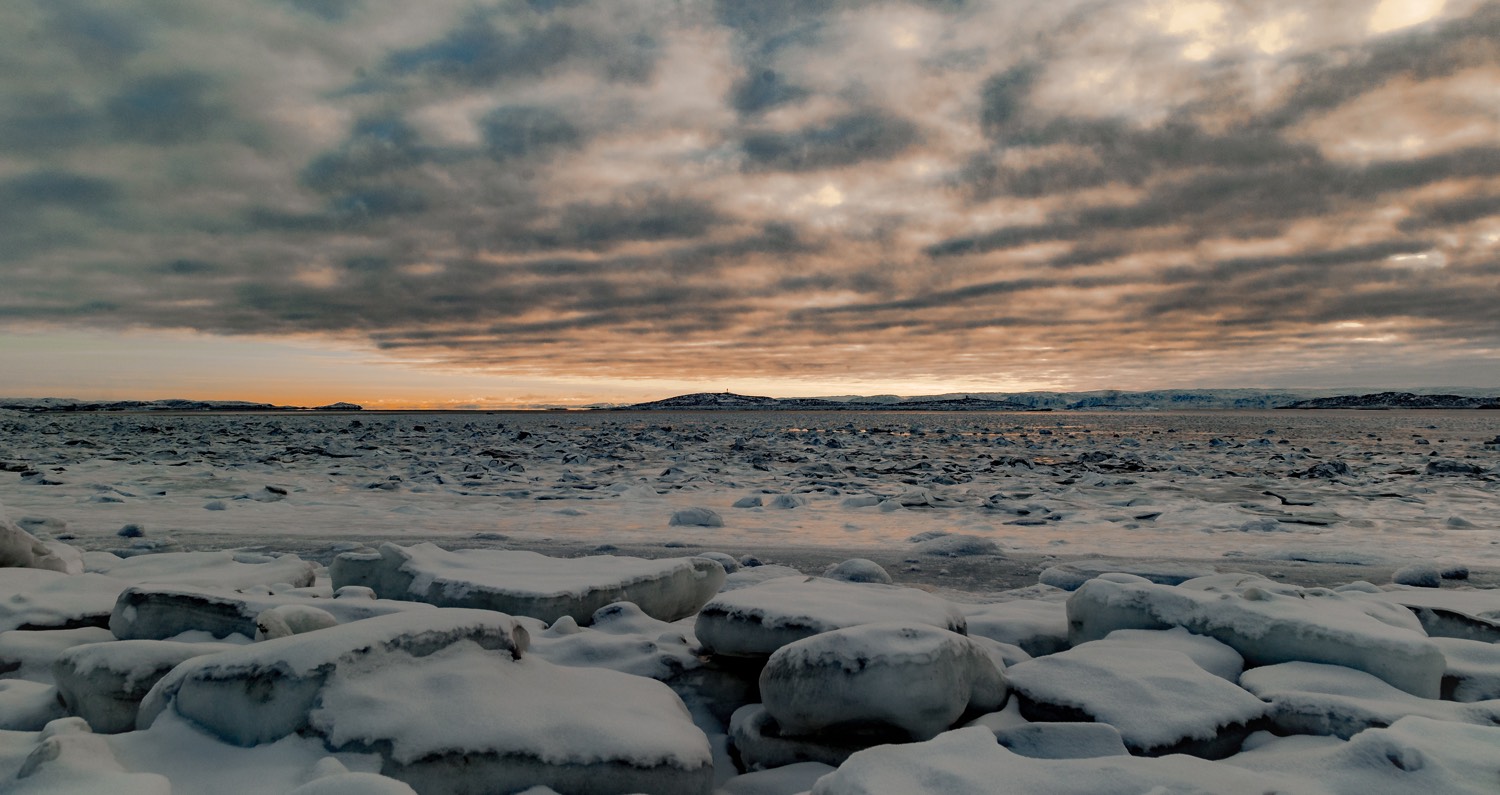Arctic news, features and articles
Latest about Arctic
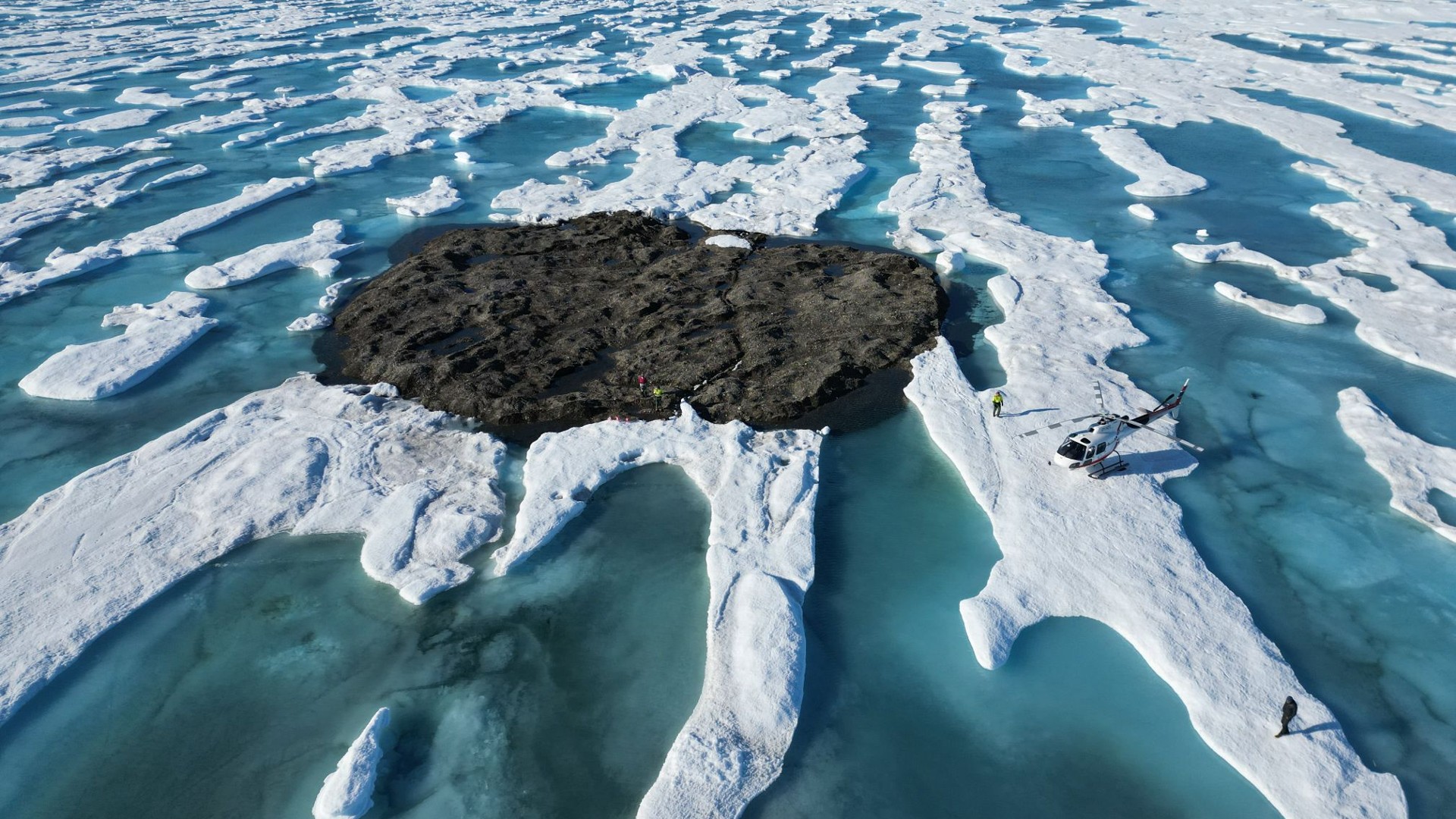
Arctic 'ghost island' that vanished may have actually been a dirty iceberg
By Kevin Hamilton published
The world’s 'northernmost island' isn’t the first to be erased from the map.
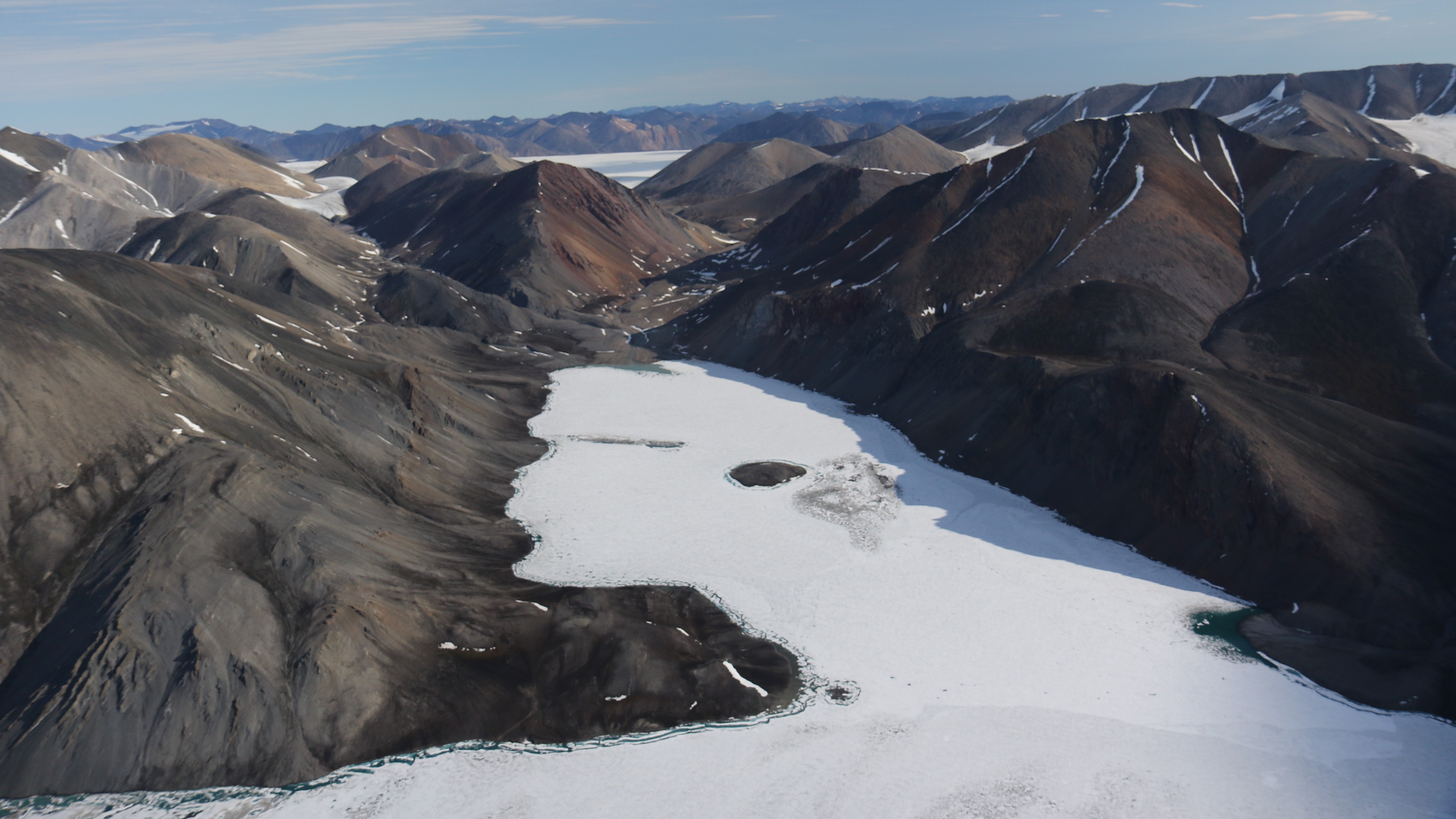
Giant viruses are infecting algae in a floating lake in the Arctic
By Patrick Pester published
Giant viruses infect tiny algae in a rare epishelf lake in the Arctic Ocean that's one of the last of its kind.
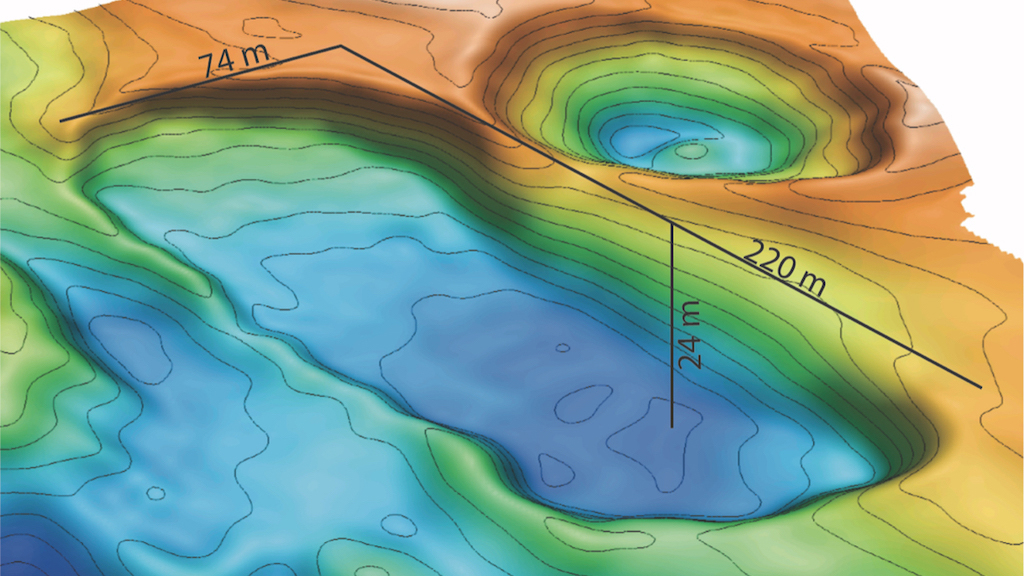
Sinkholes as big as a skyscraper and as wide as a city street open up in the Arctic seafloor
By Jeanna Bryner published
Giant "sinkholes" — one of which could devour an entire city block holding six-story buildings — are appearing along the Arctic seafloor.
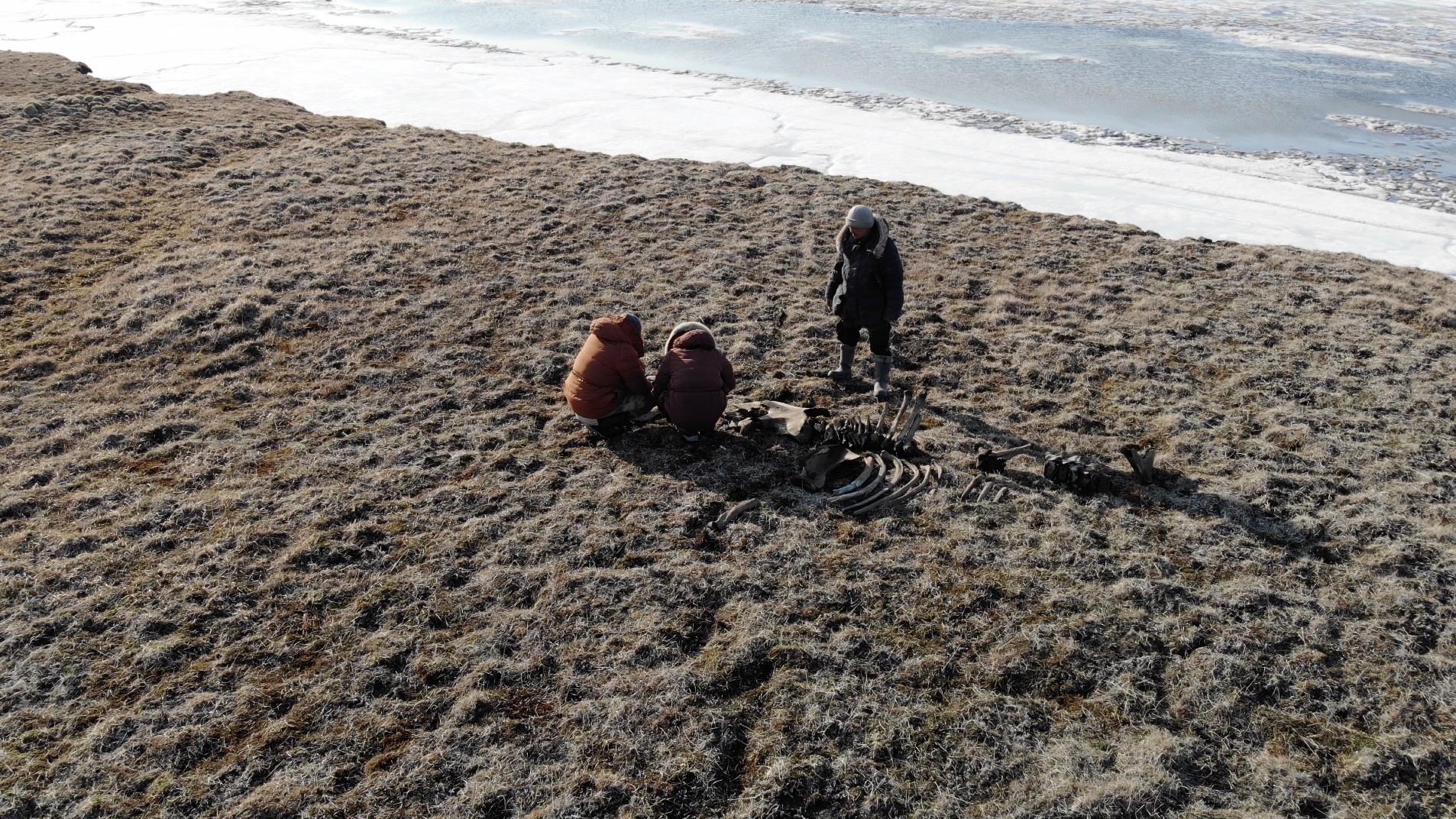
Russian expedition finds evidence of northernmost Stone Age hunters above the Arctic Circle
By Tom Metcalfe published
Ancient cut marks on mammoth bones unearthed on a remote island in the frozen extremes of Siberia are the northernmost evidence of Paleolithic humans ever found, according to archaeologists.
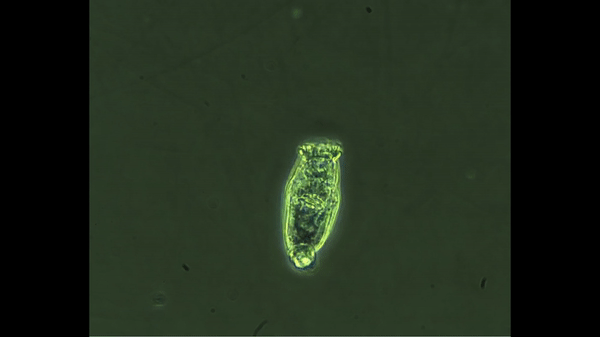
24,000-year-old 'zombies' revived and cloned from Arctic permafrost
By Mindy Weisberger published
Arctic ice dating to 24,000 years ago held frozen microscopic animals called rotifers. Scientists just brought them back to life.
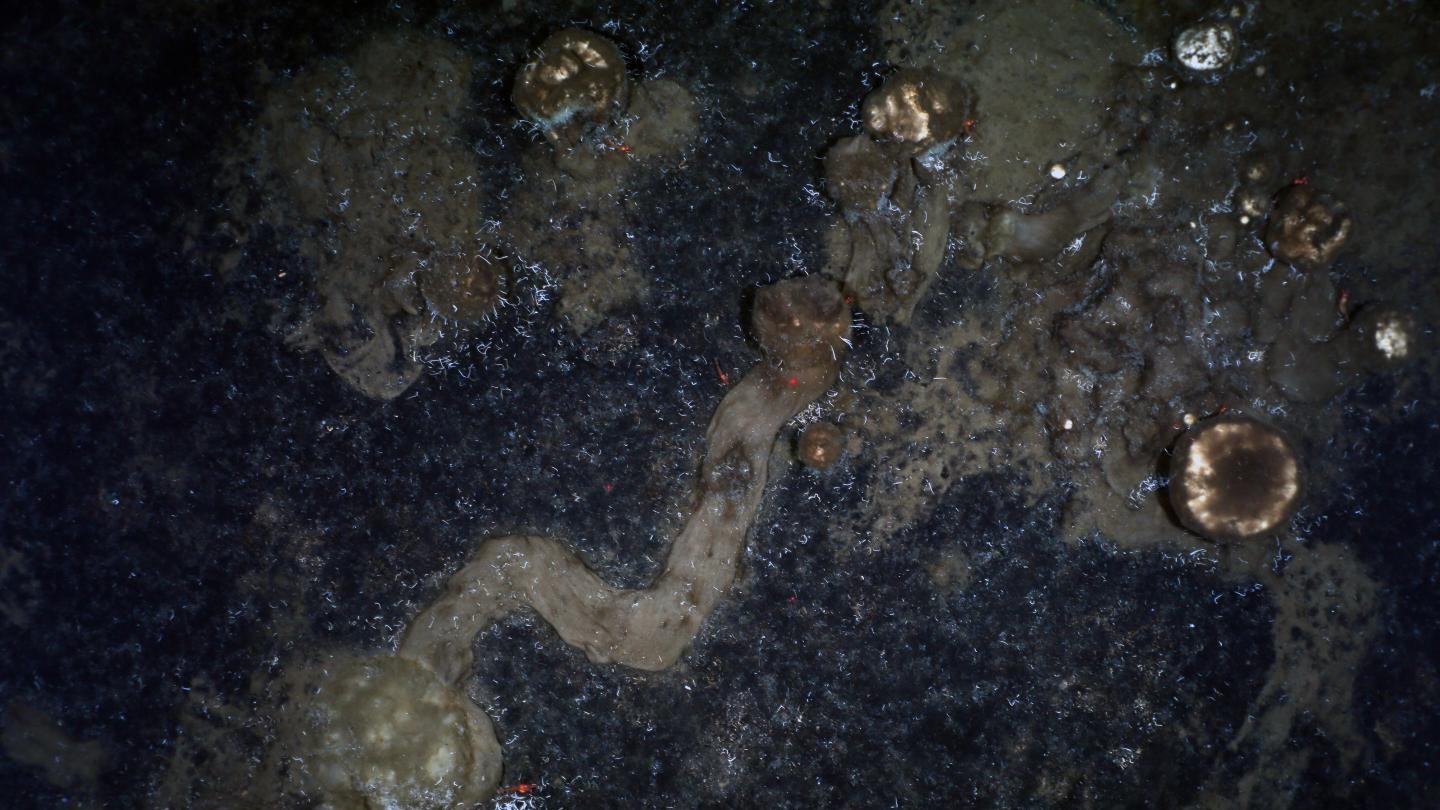
Arctic sponges crawl around the seafloor and leave bizarre brown trails to prove it
By Harry Baker published
For the first time, researchers have captured images of bizarre brown trails on an Arctic ridge that appear to have been left by sponges crawling across the seafloor.
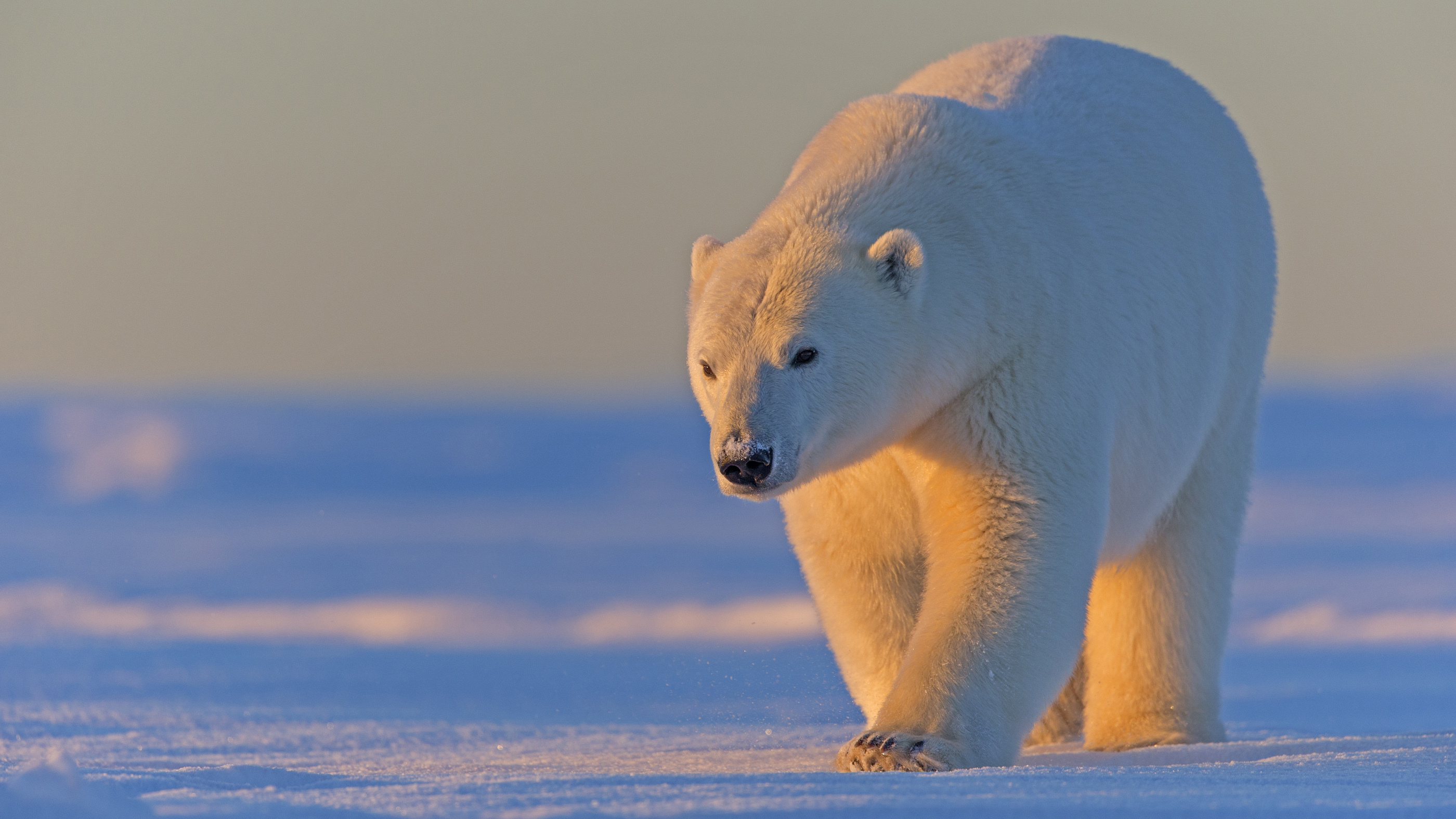
Trump administration to approve Arctic wildlife refuge for oil and gas drilling
By Laura Geggel published
The section of the refuge poised to be leased is a key habitat for Arctic wildlife.

The Arctic Circle: Polar portal to the Arctic
By Tiffany Means published
Located about 66.5 degrees north of the Equator lies the Arctic Circle — a line of latitude that outlines the border of Earth's northernmost region known as the Arctic.
Sign up for the Live Science daily newsletter now
Get the world’s most fascinating discoveries delivered straight to your inbox.

